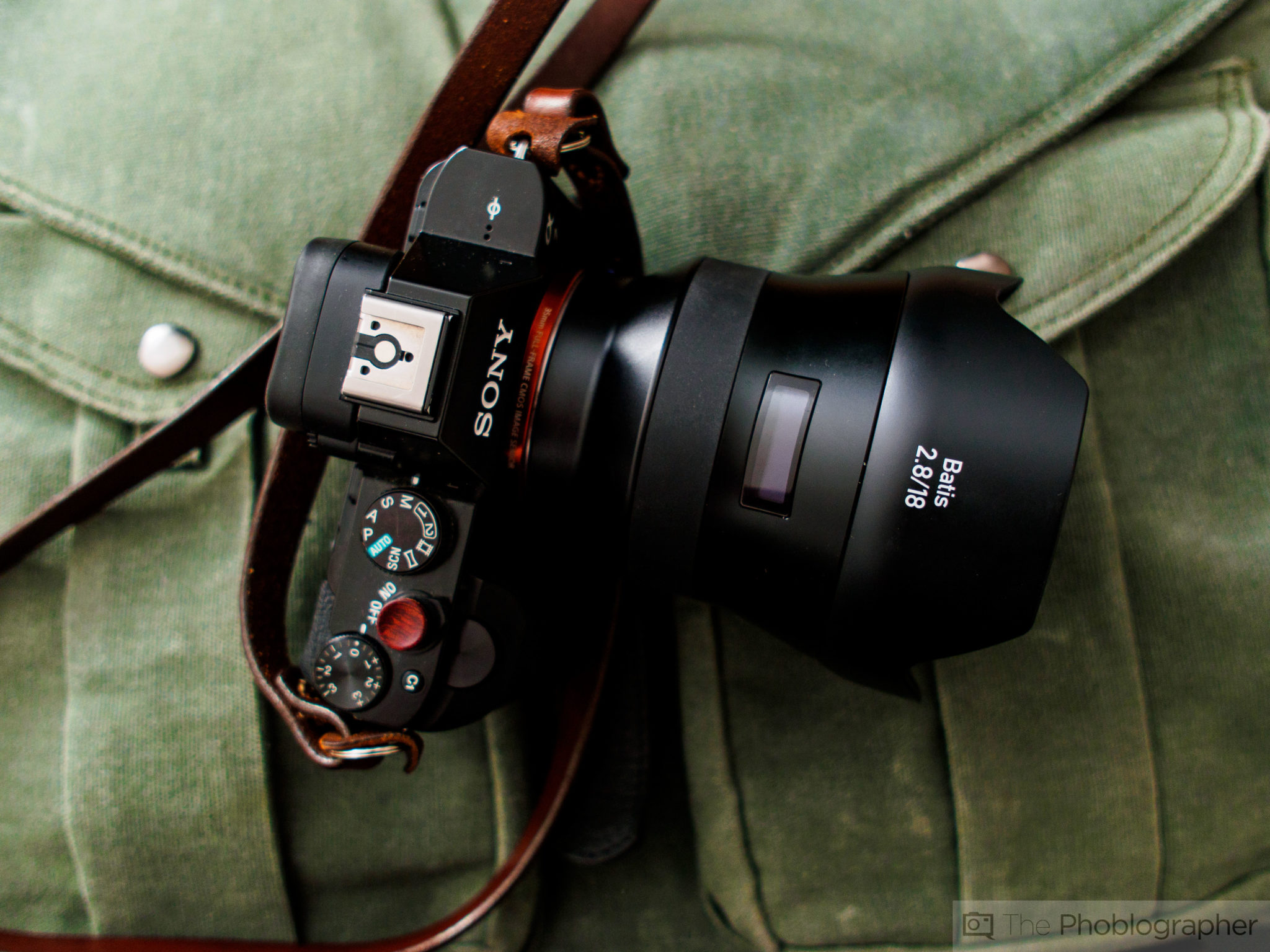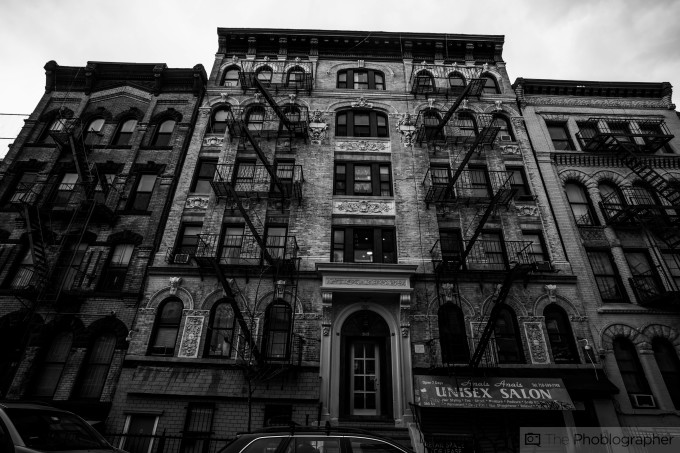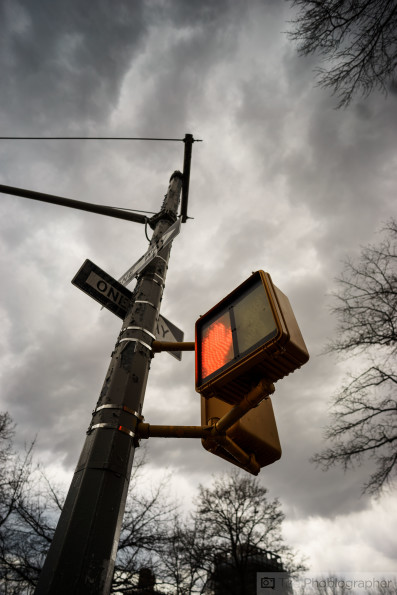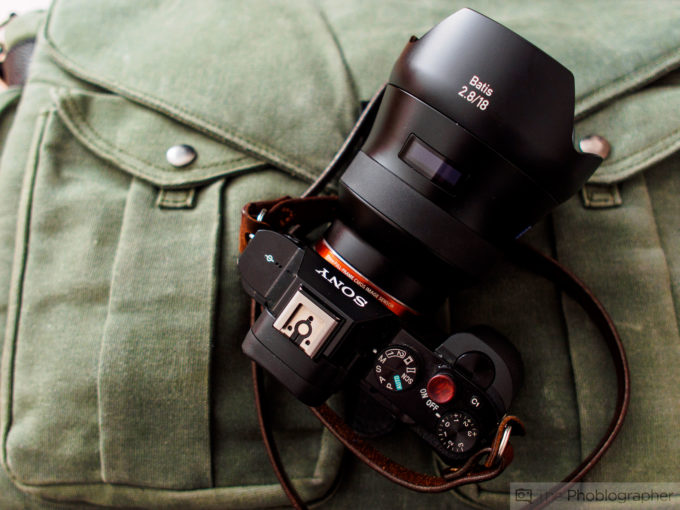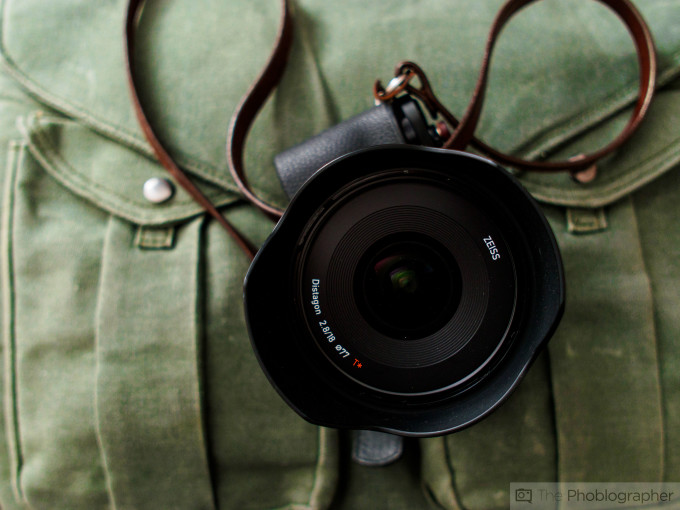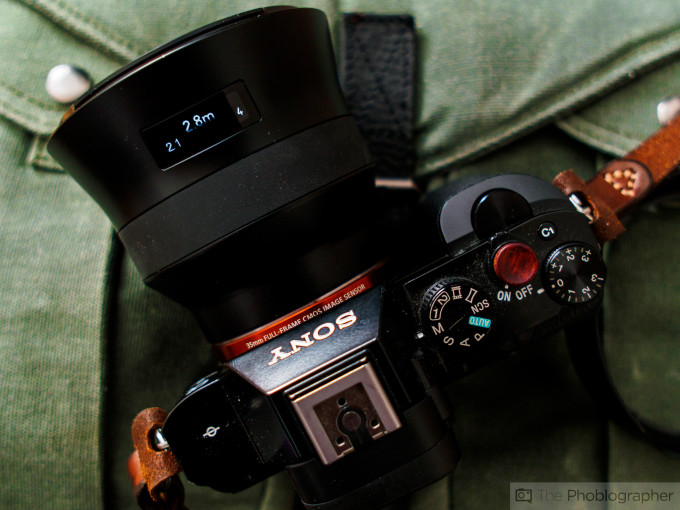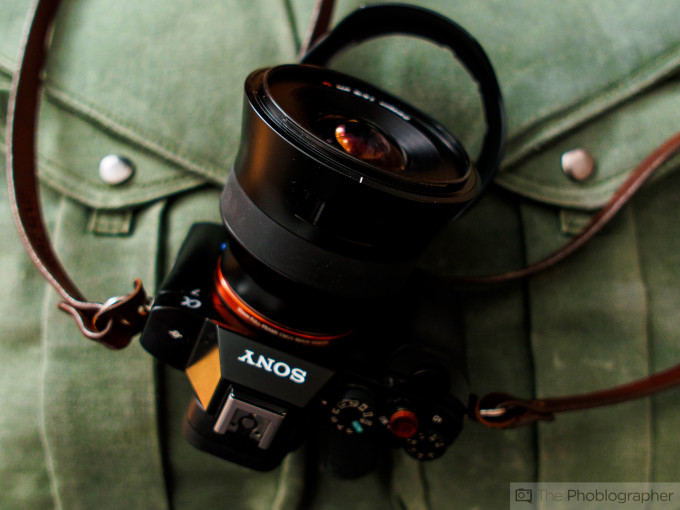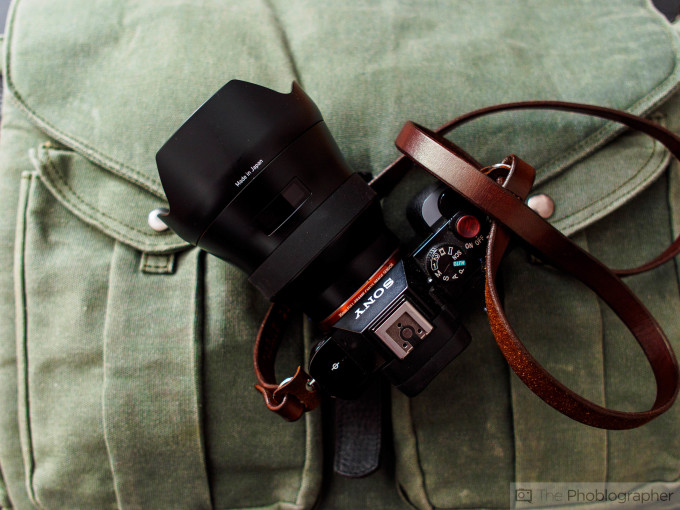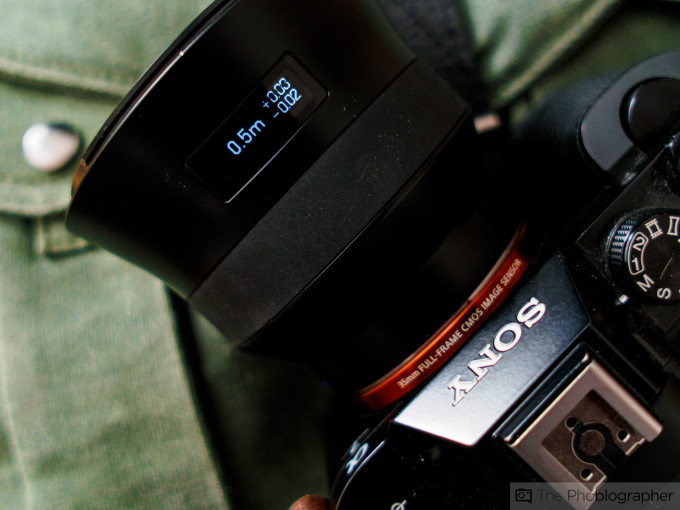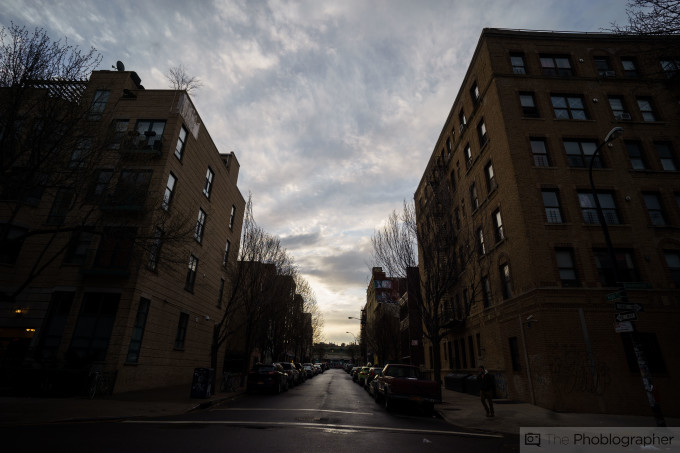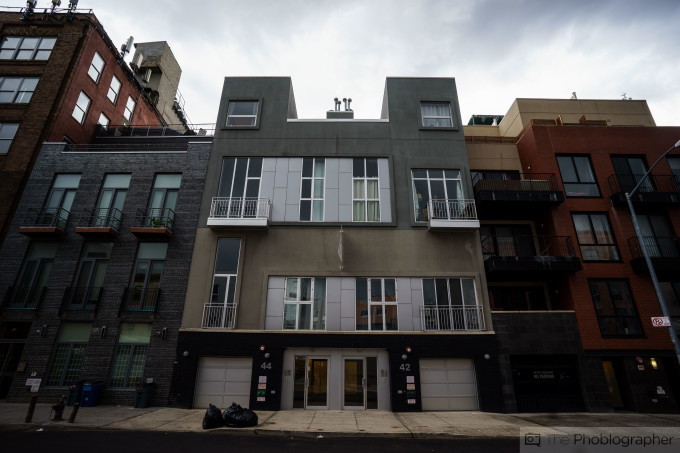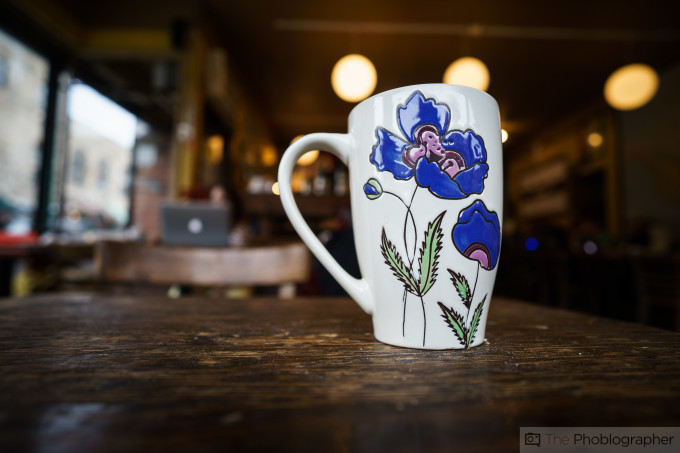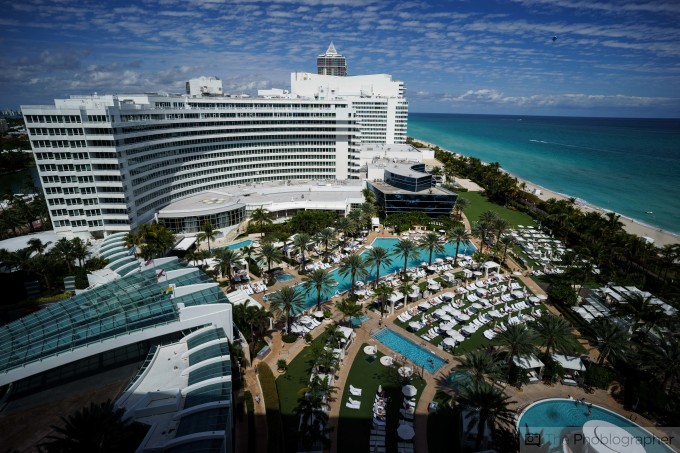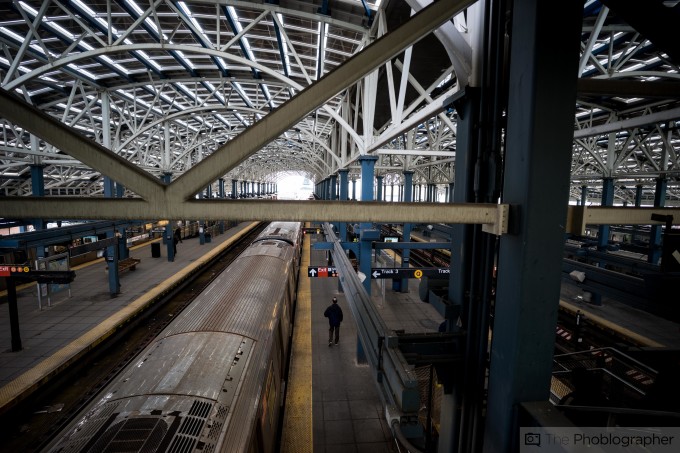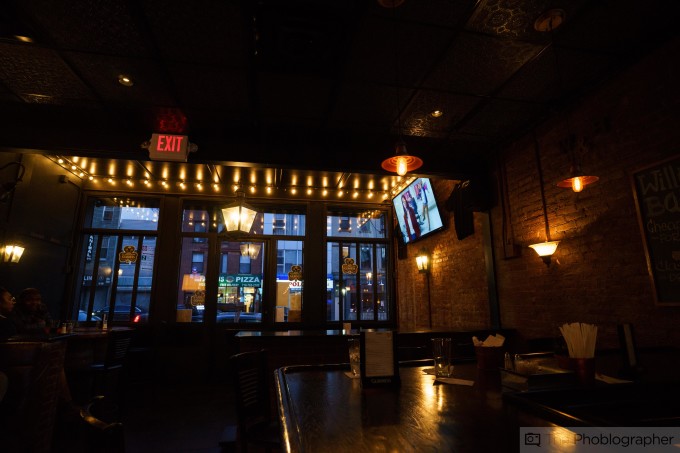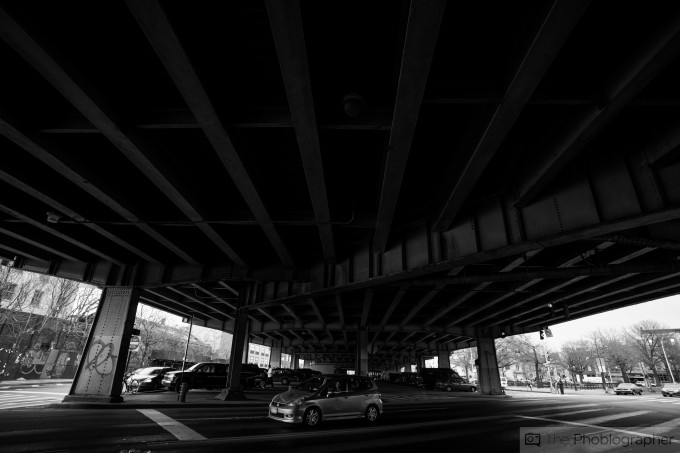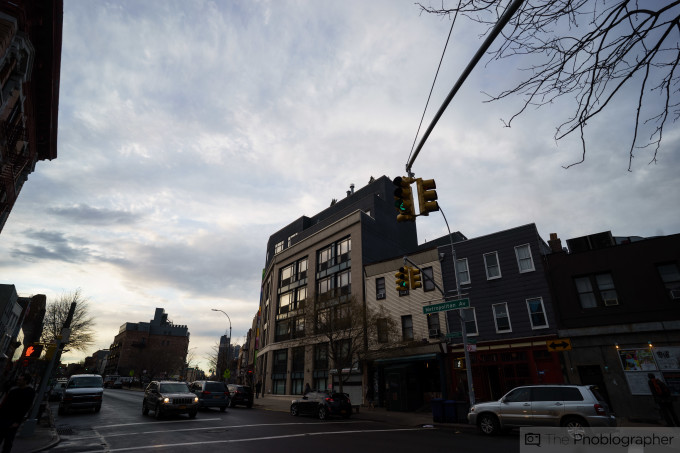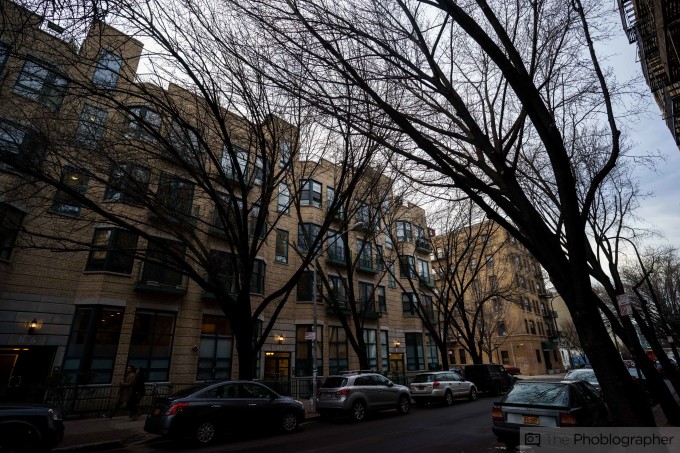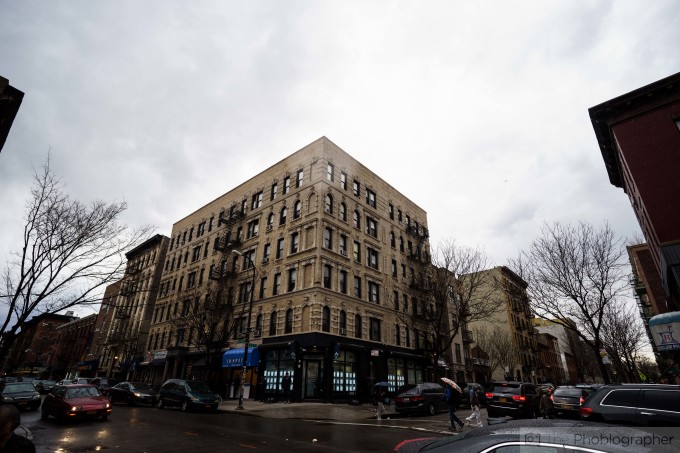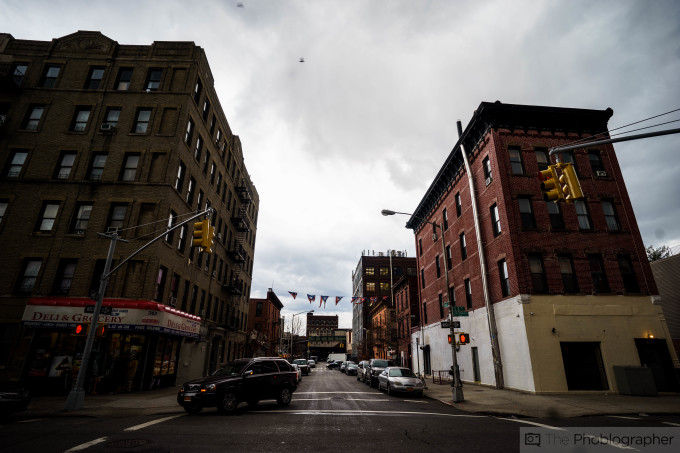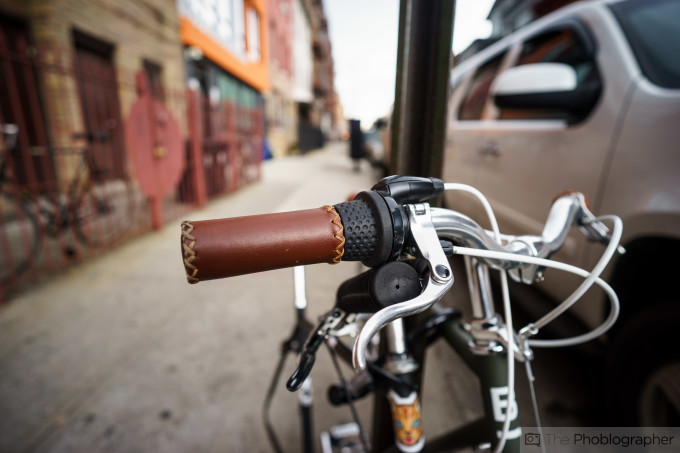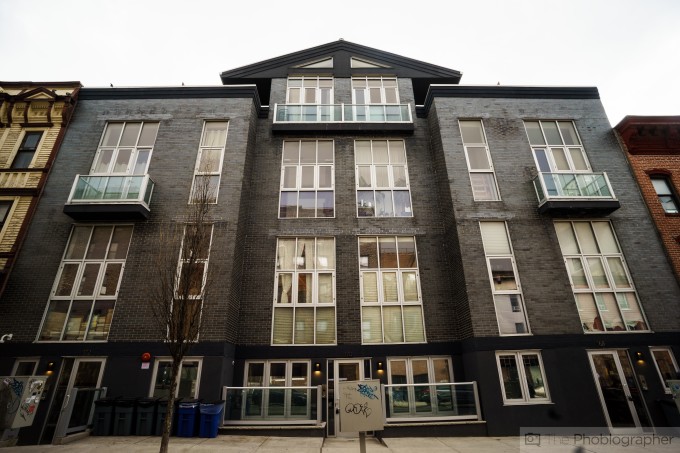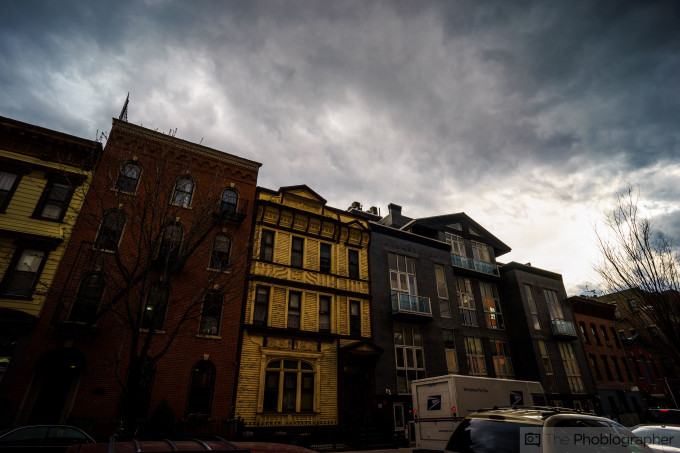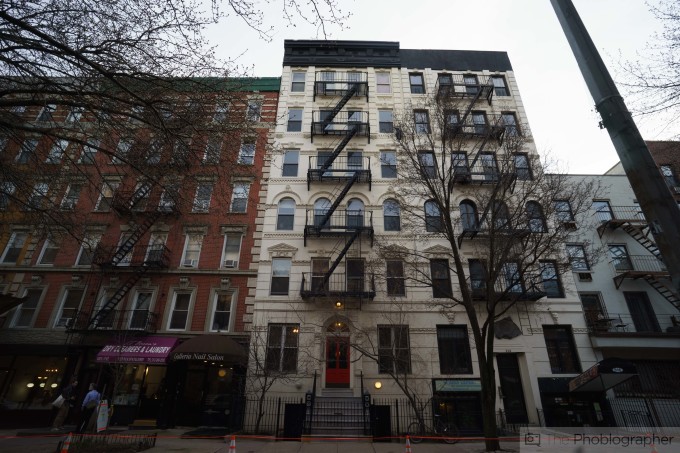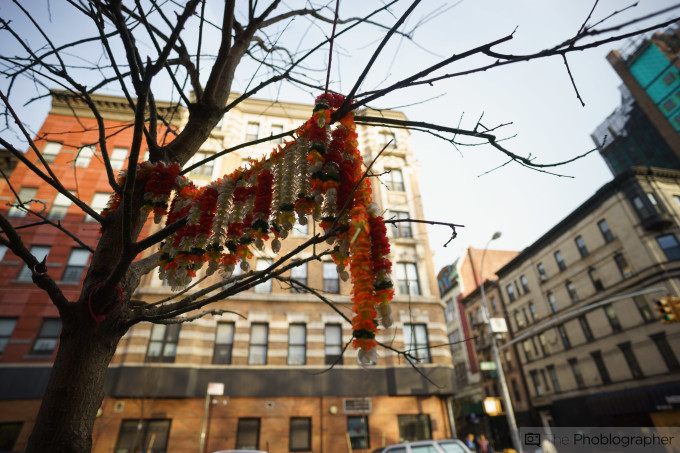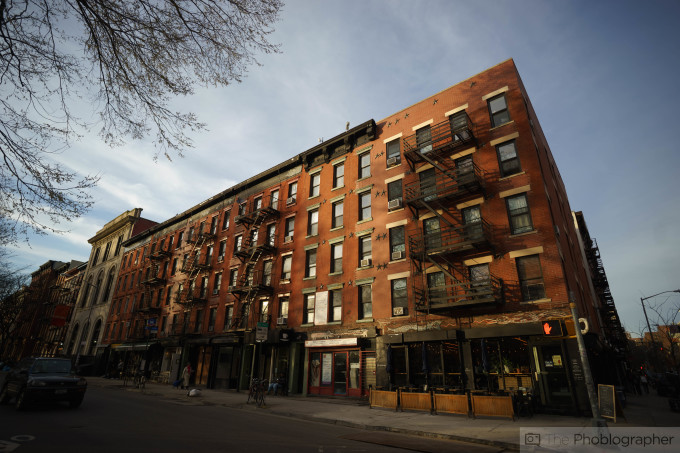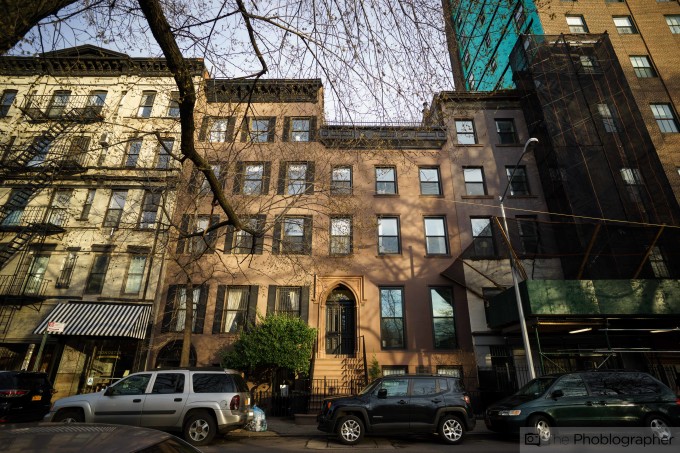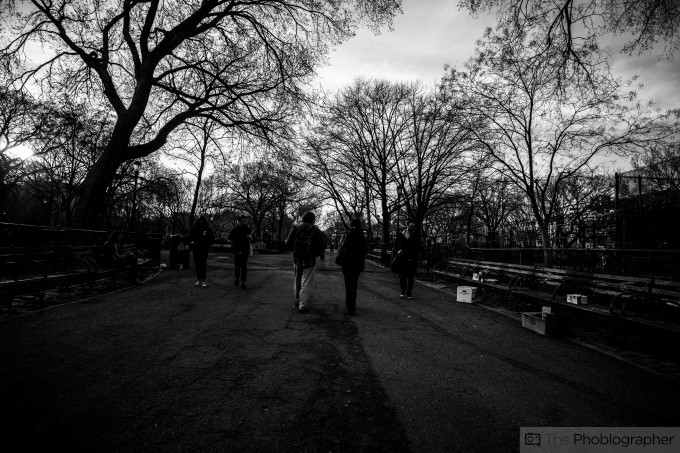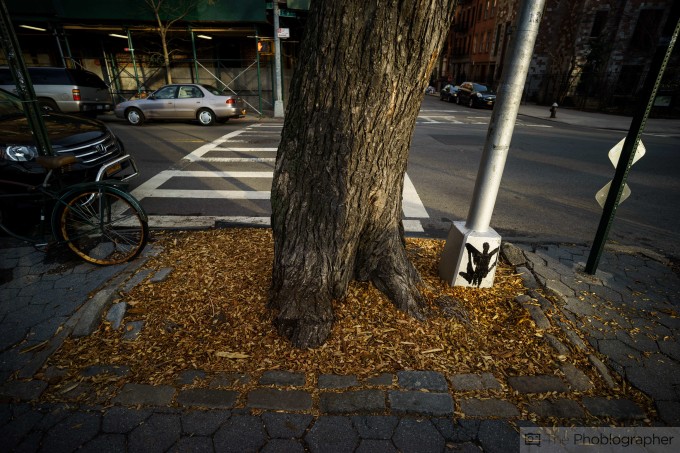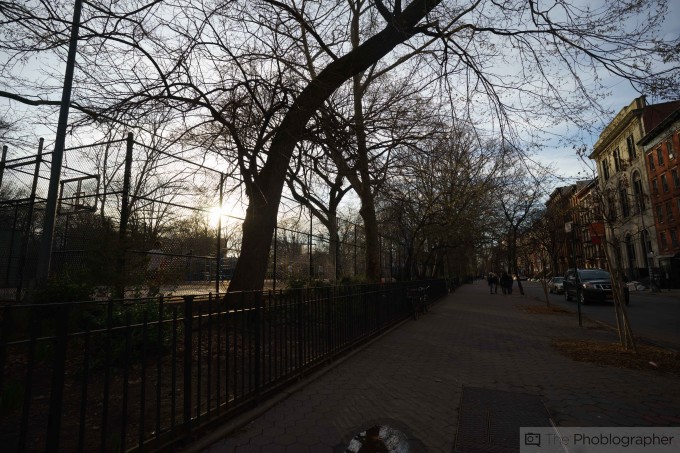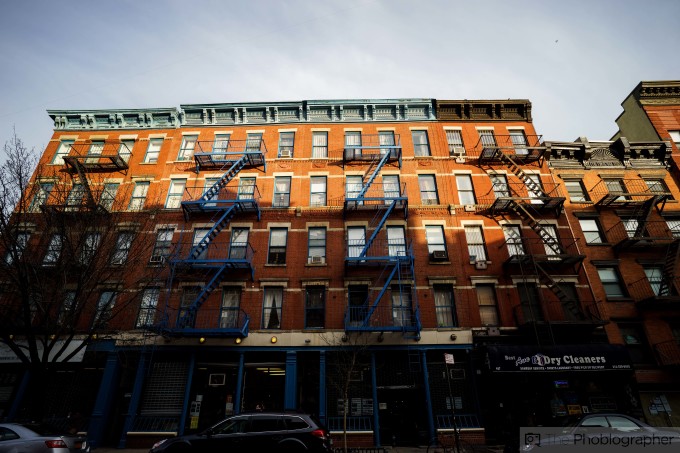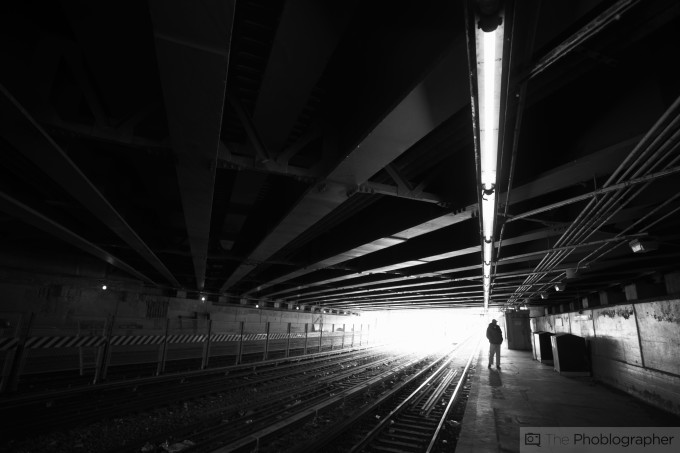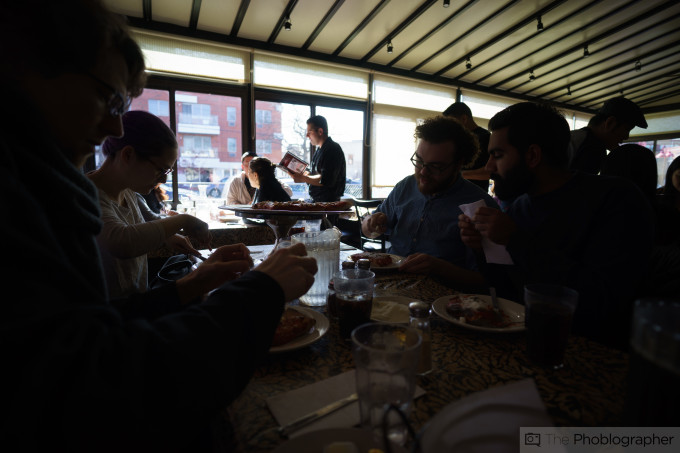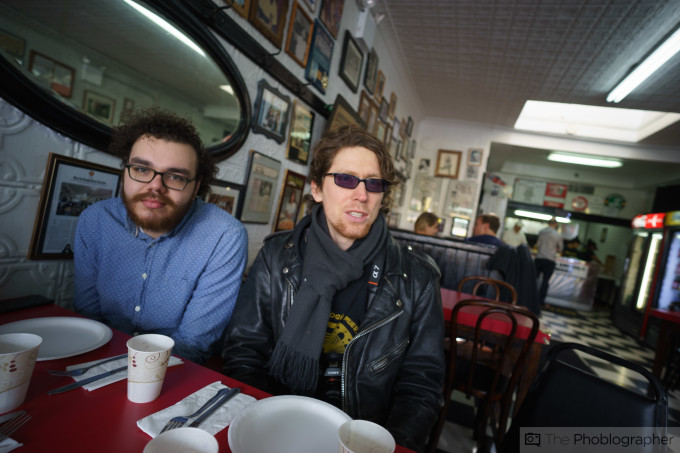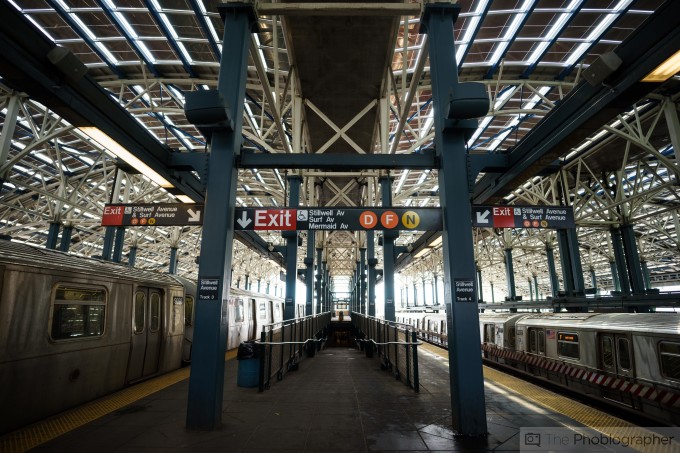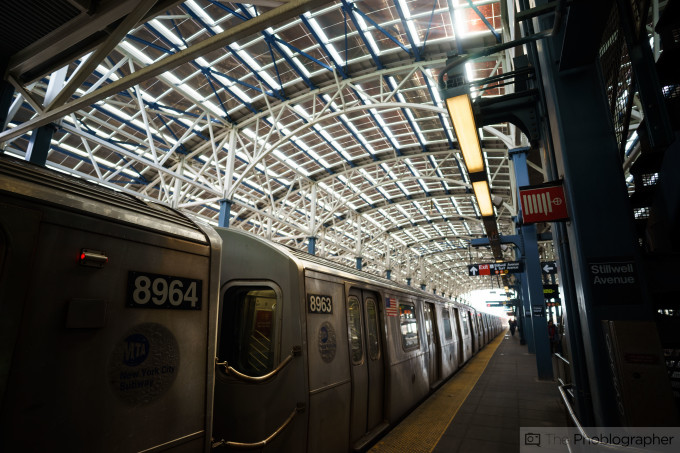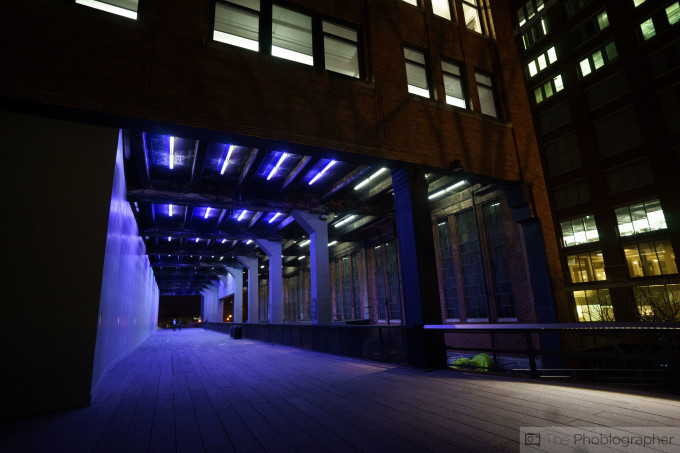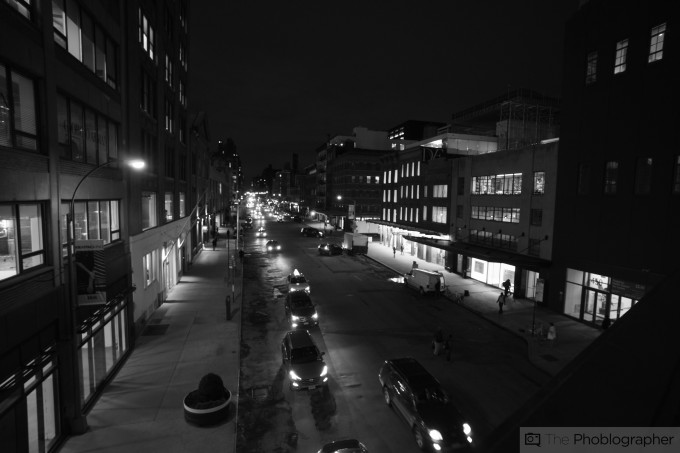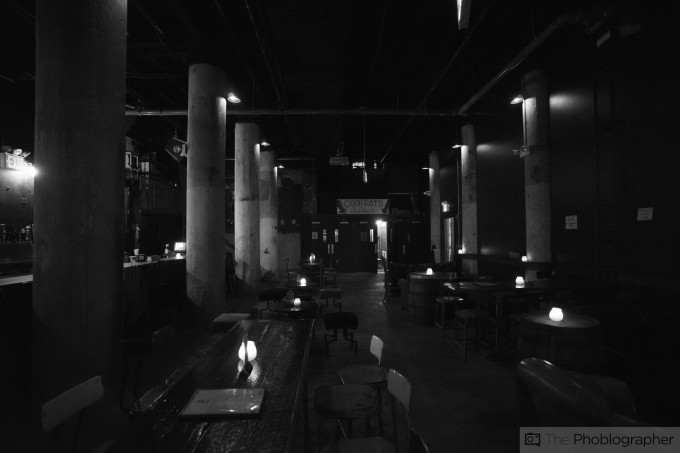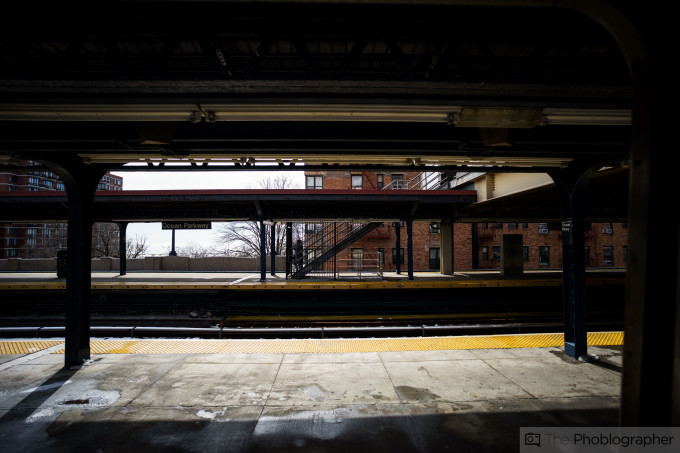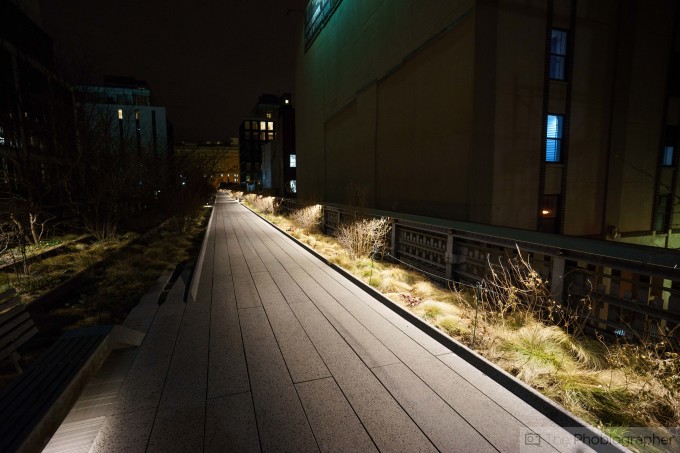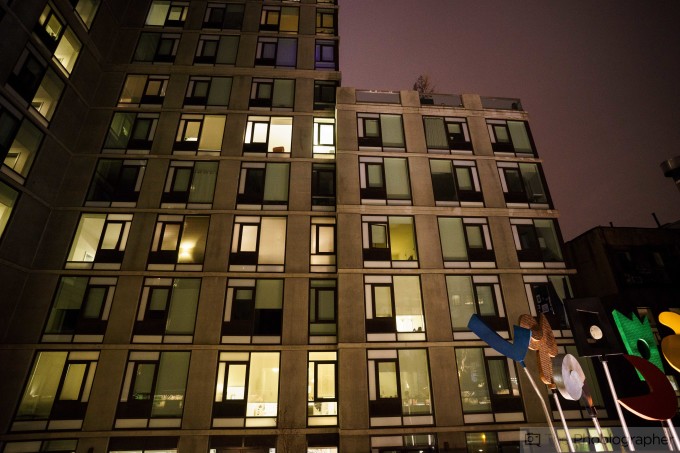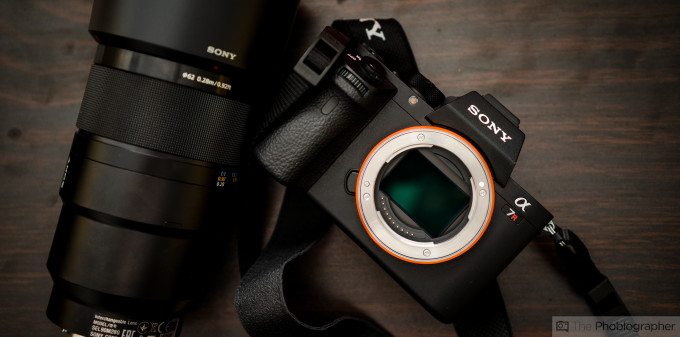Wide angle lenses are instrumental for many landscape photographers; and if you’re a Sony a7 series camera user then you’re going to want to pay attention to the newly announced Zeiss 18mm f2.8 Batis lens. Like the other Batis lenses, it’s sharp–and it’s a lens that may be important to lots of photographers who shoot wide but want to keep their kit at a minimum. In this case, I’m not only talking about landscape shooters, but architectural shooters and Real Estate shooters.
For many wide angle shooters, it just makes sense.
Pros and Cons
Pros
- Very sharp image performance
- Low profile look on the outside
- Fast to focus even on an old Sony a7 camera
- Pretty nice bokeh
- Weather sealing; it survived a downpour of rain and then tea being spilled on it
- Distortion is fairly well controlled
- Manual focusing amazingly doesn’t tend to drain the battery of the Sony a7 here
Cons
- Expensive
- The rubber focusing ring could use better gripping design
Gear Used
The Zeiss 18mm f2.8 Batis was tested with the Sony a7 and the Sony a7r II.
Tech Specs
| Focal length | 18 mm |
| Aperture range | f/2.8 – f/22 |
| Lens elements / groups | 11/10 |
| Focusing range | 0.25 m (9.8 “) – infinity |
| Free Working distance | 0.17 m (6.7 “) – infinity |
| Angular field 3) (diag. / horiz. / vert.) | 99° / 90° / 67° |
| Diameter of image field | 43.3 mm (1.7 “) |
| Coverage at close range (MOD) 3) | 227 x 340 mm (8.9 x 13.4 “) |
| Image ratio at MOD | 1:9.5 |
| Rotation angle of focus ring (inf – MOD) | Focusing not mechanically coupled. Rotation angle
depending on rotation speed. |
| Filter thread | M77 x 0.75 |
| Max. diameter (with lens shade) | 100 mm (3.9 “) |
| Diameter of the focus ring
|
78 mm (3.1 “) |
| Length (without lens caps) | 80 mm (3.1 “) |
| Length (with lens caps) | 95 mm (3.7 “) |
| Weight (without lens caps) | 330 g (0.74 lbs) |
| Camera mounts | E-mount |
- 11 elements in 10 groups
- Weather sealing
- OLED screen display
- Four aspheric elements and seven made from special types of glass
- Floating element design
- $1,499
Ergonomics
The Zeiss 18mm f2.8 Batis lens is the latest entry in the company’s lineup; and it brings with it much of the other features that Zeiss has with the other Batis lenses. For starters, what you see here is a lens hood, a metal body with an LCD screen in the middle and a rubber focusing ring behind it. and then the camera.
Being that this is a wide angle lens, the front of the lens has a large 77mm front filter thread for all your filtering needs. Add on the fact that you’ve got a lens hood and you’ve got even more protection.
Without the hood, the lens and overall package becomes smaller. For what it’s worth though, I’d recommend keeping the hood on to protect your lens.
The overall size of the lens reminds me a bit of a small apple. It seems pretty large overall for a mirrorless camera lens, but it still manages to suit it perfectly.
Build Quality
The Zeiss 18mm f2.8 Batis is weather sealed; and I wasn’t exactly sure how well built it was until I decided to take a walk through Brooklyn to find out. During said walk, it started to pour pretty hard. The lens and camera both survived this.
To take shelter from the storm, I popped into a cafe. When the woman next to me was leaving, she spilled my tea which then spilled onto the lens. Amazingly both the lens and camera were fine. This restored my faith in the build quality of this lens.
Ease of Use
Unlike many of the manual focus Zeiss lenses, the Batis line is easier to use–sort of.
If you’re into autofocusing, then just slap the lens on, point, focus, and shoot. You won’t have any worries.
If you like to manually focus and use depth of field scales, you’ve got this high tech OLED screen thing. Said screen is a bit different to read when it comes to zone focusing, but you’ll get used to it eventually.
Autofocus
Considering that this is a very wide angle lens, you shouldn’t really be amazed that the autofocus performance here is on point. Indeed, it is quite good. Using all of the Sony focusing modes even down to small flexible spot gave me great performance that only slowed down in low light situations; but not enough to make me want to scream out in vain.
Image Quality
Let’s get something straight and be honest here: you’re getting a Zeiss lens. Zeiss’s image quality is top notch and it makes so much sense that you’ll also get top notch image quality for an 18mm f2.8 lens. As with all Sony sensors, you’re going to get even better performance when you take the files into Adobe Lightroom.
It’s bound to be more than sufficient for most photographers and their needs.
Sharpness
At f2.8, this lens is more than sufficiently sharp. Add a flash into the mix and you’ve got zero to complain about. It stabilizes around f5.6 and maxes off at maybe around f8 where it becomes otherwise tough to tell how the sharpness is.
For what it’s worth though, this lens is so sharp I almost rarely found a reason to stop down beyond f4.
Bokeh
Remember that story I told about the tea splashing on the lens? This is that tea cup. Before the deed was done, I snapped this photo to see how the bokeh is. You’ll only get bokeh when focusing up close on something but whatever bokeh is there is a cross between both creamy and hazy. it’s beautiful overall.
For what it’s worth though, I doubt anyone will use this lens for the bokeh.
Color Rendition
The typical color rendition of the lens with Sony cameras is pretty vivid, punchy and contrasty. Both Zeiss and Sigma have this and it’s a very typical characteristic of theirs. It’s not at all a problem for landscape shooters but I can surely see how it can be a pain for those shooting interiors.
Color Fringing
It’s tough to see, but the lens can indeed fringe in spots where it’s typically really tough for most lenses to hack at it. Color fringing is removed easily in Lightroom; and if you’re complaining about a little bit of fringing, then please get over it. If you’re complaining about fringing to the point where it really affects the image overall, then I get it.
Extra Image Samples
Conclusions
Likes
- Incredible build quality
- Fun lens to play around with
- Great for the photographer that genuinely has a need to shoot very wide very often
- Low distortion
Dislikes
- That massive price tag
The Zeiss 18mm f2.8 Batis lens is one that has very commendable image quality. It’s sharp, keeps distortion down VERY well, contrasty, can give you good bokeh if you want it, and is built like a tank in sheep’s clothing. It surely deserves to be in the hands of real estate, architectural and landscape photographers; though the fact that many of those shooters stop down and use a tripod may mean that they reach for other offerings from Sony. The combination of features will mean that only professionals and high end enthusiasts go for it though–which is more or less a combination of people who have truly earned it through their imagery and those who just have lots of money.
The OLED screen will make zone focusing easier when using it in combination with the LCD screen on the camera; and with some time you’ll get used to it.
The Zeiss 18mm f2.8 Batis lens receives four out of five stars. I think the price is a bit too high for most enthusiasts; but I think that it’s perfect for the pro or the high end enthusiast who likes to shoot landscapes that wants to shoot and not be bothered about all of the rest of the process.
Recommended Cameras
Sony a7r II: This is the only camera that should be use with this lens. The lens is designed for landscape and wide angle work and this camera does the best job with that type of stuff.


